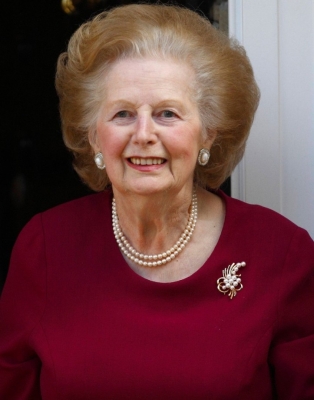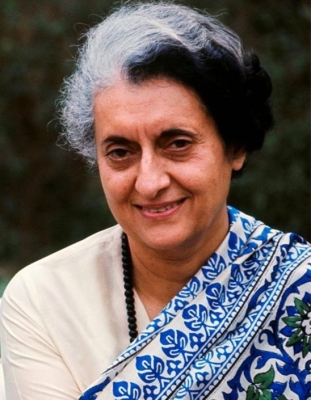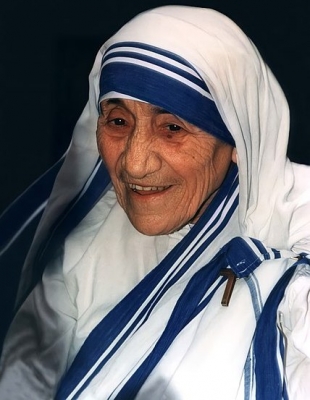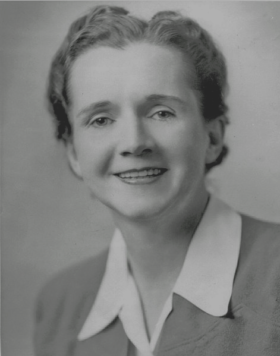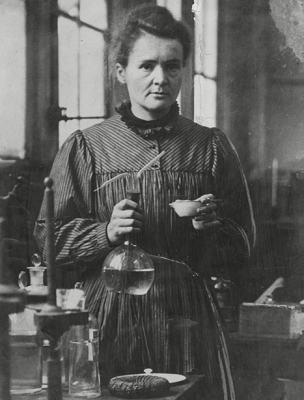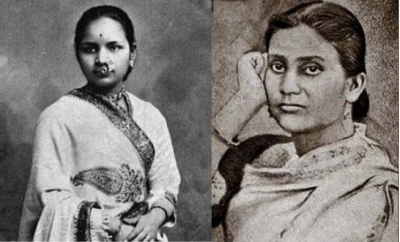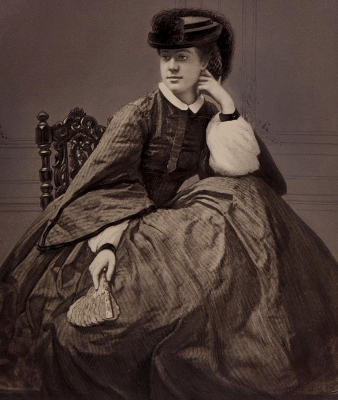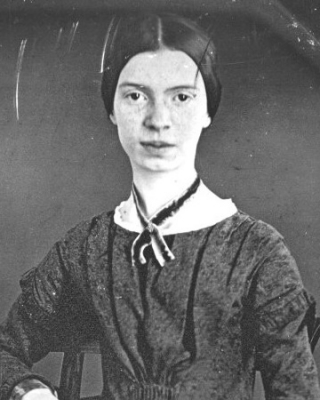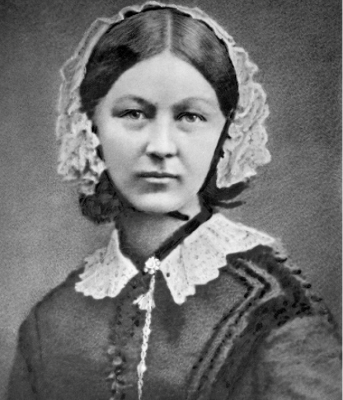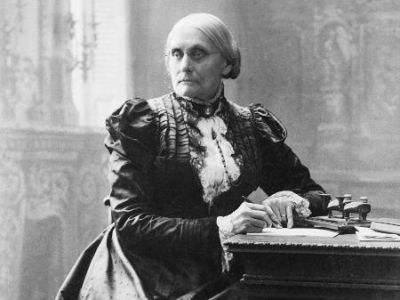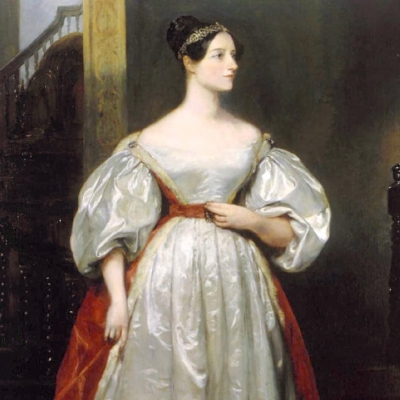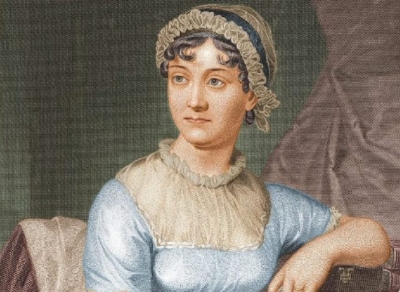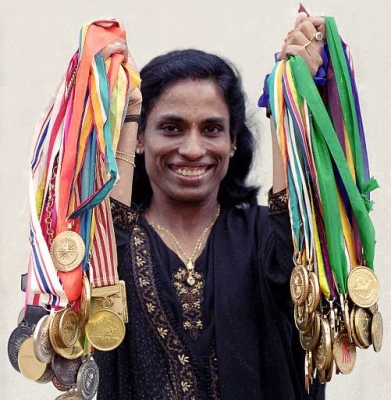Michelle Obama-The powerful lady

Spintharus michelleobamaae, a "smiley-faced" spider, is named after the former U.S. First Lady. She became a role model for women and an advocate for healthy families, service members and their families. Michelle Obama’s journey began in the South Side of Chicago, where Fraser and Marian Robinson instilled in their daughter a heartfelt commitment to family, hard work, and education. Michelle earned a bachelor’s degree from Princeton University and a juris doctor degree from Harvard Law School. In 1988, she returned to Chicago to join the firm of Sidley Austin. It was there that she met Barack Obama, a summer associate she was assigned to advise. They were married in 1992.
By that time Michelle had turned her energies to public service. She was assistant commissioner of planning and development in Chicago’s City Hall before becoming the founding executive director of the Chicago chapter of Public Allies, an AmeriCorps program that prepares young people for public service. In 1996, she joined the University of Chicago as associate dean of student services, where she developed the university’s first community service program. In 2002, she went to work for the University of Chicago Medical Center, where in 2005 she became the vice president of community and external affairs. Worldwide, she championed the education of girls and women. In a commencement address at the City College of New York she told graduates, “Never view your challenges as obstacles.”
Credit : THE WHITE HOUSE
Picture Credit : Google
